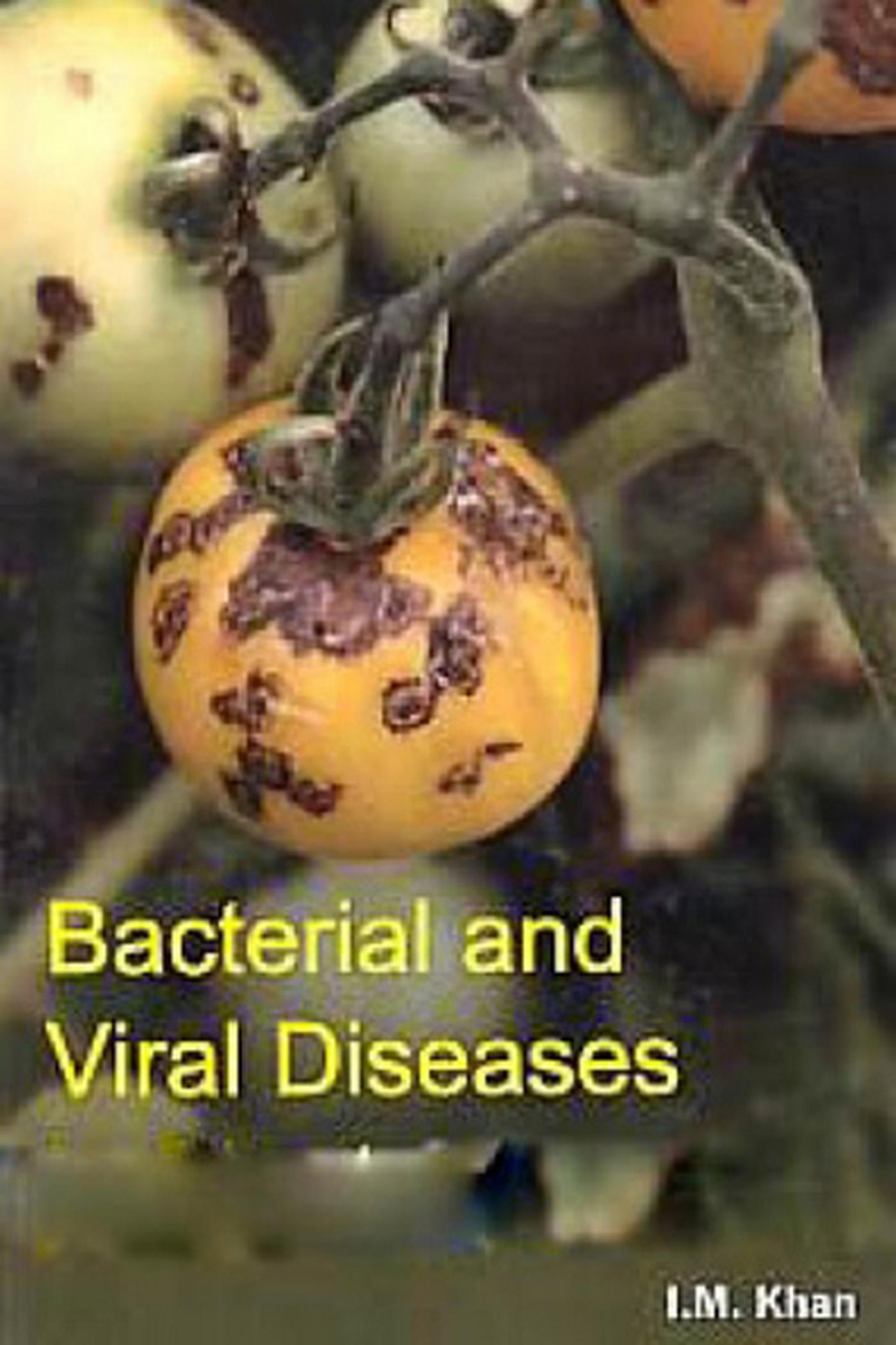Bacterial and Viral Diseases in Plant
Bacterial and Viral Diseases in Plant
Most bacteria that are associated with plants are actually saprotrophic, and do no harm to the plant itself. However, a small number, around 100 known species, are able to cause disease. Bacterial diseases are much more prevalent in sub-tropical and ...
Read more
Most bacteria that are associated with plants are actually saprotrophic, and do no harm to the plant itself. However, a small number, around 100 known species, are able to cause disease. Bacterial diseases are much more prevalent in sub-tropical and tropical regions of the world. Most plant pathogenic bacteria are rod-shaped. In order to be able to colonize the plant they have specific pathogenicity factors. Five main types of bacterial pathogenicity factors are known: uses of Cell wall-degrading enzymes, Toxins, Effector proteins, Phytohormones and Exopolysaccharides. Pathogens such as Erwinia, use Cell wall-degrading enzymes to cause soft rot. Agrobacterium changes the level of auxins to cause tumours with phytohormones. The book fulfil not only the need of the students to find literature on the diseases and other pathological conditions difficult to obtain and access, but also provide complete systematic treatment of the subject from their point of view. Contents: Introduction • Nutrition and Growth of Bacteria • Nutrition and Cultivation of Bacteria • Principles of Diagnosis • New and Emerging Plant Viruses • External Symptoms of Viral Diseases of Plants • Virus Diseases of Food Graminoid Plants • Virus Diseases of Forage Feed Plants • Pearl Millet Diseases-Viral • Emerging Virus Diseases of Greenhouse Vegetable Crops.
Less





























